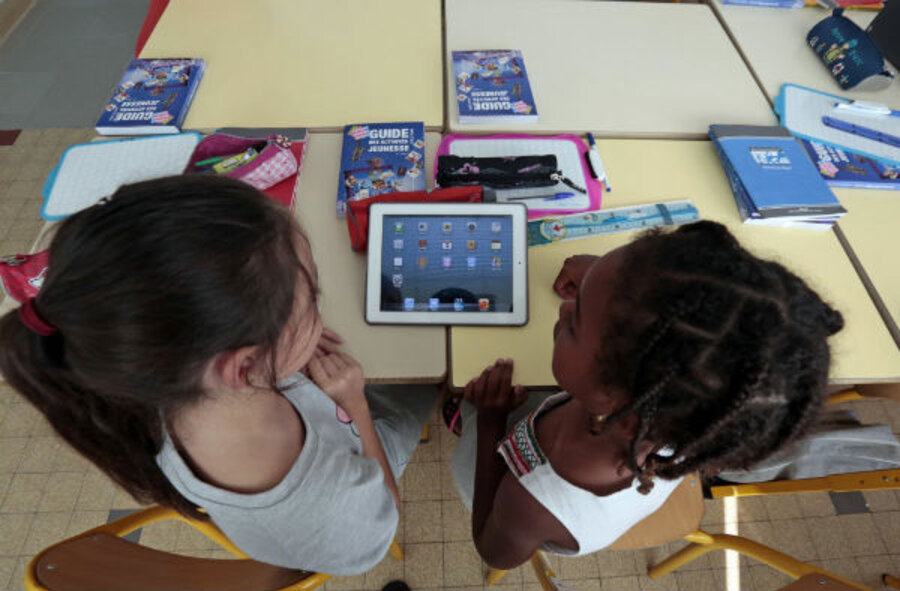Pint-sized designer Jefferson Johnson develops 'Treehouse Wars' app
Loading...
Presidentially named Jefferson Johnson of Fairfax County, Va.. is only ten-years old, but his age didn't stop him from contributing a notable new little wrinkle to the fabric of modern digital life. At the age of nine, Johnson helped to create "Treehouse Wars," a spin on the extremely popular (and legitimately addicting) "Plants Vs. Zombies" game.
There's a popular perception that games and apps are the enemies of learning – they sap concentration, demand constant attention, offer worthless rewards, and generally displace more worthy endeavors for children, such as reading books, playing outside, and just about anything else that involves interfacing with the real world (or "meatspace," at it's sometimes called by those waist-deep in the Internet.)
There is, no doubt, truth to that. But like most tools and stories, games and apps are fully doubled edged - distractions, sure, but also potential vectors for education and potential models that children can play with and build in a manner similar to their parents and grandparents using Tinker Toys or Erector® Sets.
In short: What Johnson did made news because it's unusual – nine-year-olds don't typically build apps. But think about what he has likely learned throughout the process of putting together "Treehouse Wars":
- How to (realistically) conceive what an app would do and what it would look like
- What the various pieces of a computer game are (graphics, code, user interface, etc.) and how they're created and combined
- How to balance gameplay so that it's challenging enough to enjoy, but is not unwinnable
- How commercial systems like Apple's App Store function – not just as shelves consumers buy things from, but also as repositories for the creative energy of independent creators and companies
- How to use crowdsourced funding (in this case, Kickstarter) to get an otherwise too expensive project off the ground
- And finally the satisfaction of seeing a project through from conception to execution and talking about it with end-users who can enjoy it in its native habitat
That's the executive summary; it's likely that he internalized far more, while stoking a fire to tackle similar projects down the road.
Johnson, of course, had help with his app; his father (entrepreneur Bryan Johnson) pitched in to make it possible and a game-creation website called Game Salad ensured that the Johnsons wouldn't need to reinvent every wheel on the bus.
Not every kid is as fortunate as he is to have such high-powered assistance to complete a project like this. But perhaps, with a bit of support from educators, every kid could – imagine toolkits that kids can use, in the context of hands-on learning, to build their own apps, or games, or programs in a school setting, studying and appreciating every step of the process along the way.
Generally speaking: If you teach to a test, you've taught kids how to take a test - any additional learning is incidental, and often ephemeral. And while there has been increased effort in recent years to create tests that reflect more challenging and relevant knowledge and processes, there'll always be a "square hole, round peg" effect for bright kids who are non-traditional learners.
Throw the plastic and sometimes laser-bright intelligence of young people at a bigger, more engaging task like completing a computer game, and you've created opportunities for new kinds of learning, and new ways for kids to shine under pressure.
Teamwork, market analysis, project management, and the joy of creating a tangible (or virtual-but-tangible) product at the end of a project are not unimportant things; they may be one or two steps removed from traditional academic goals, but the world, after all, isn't a series of written tests.






